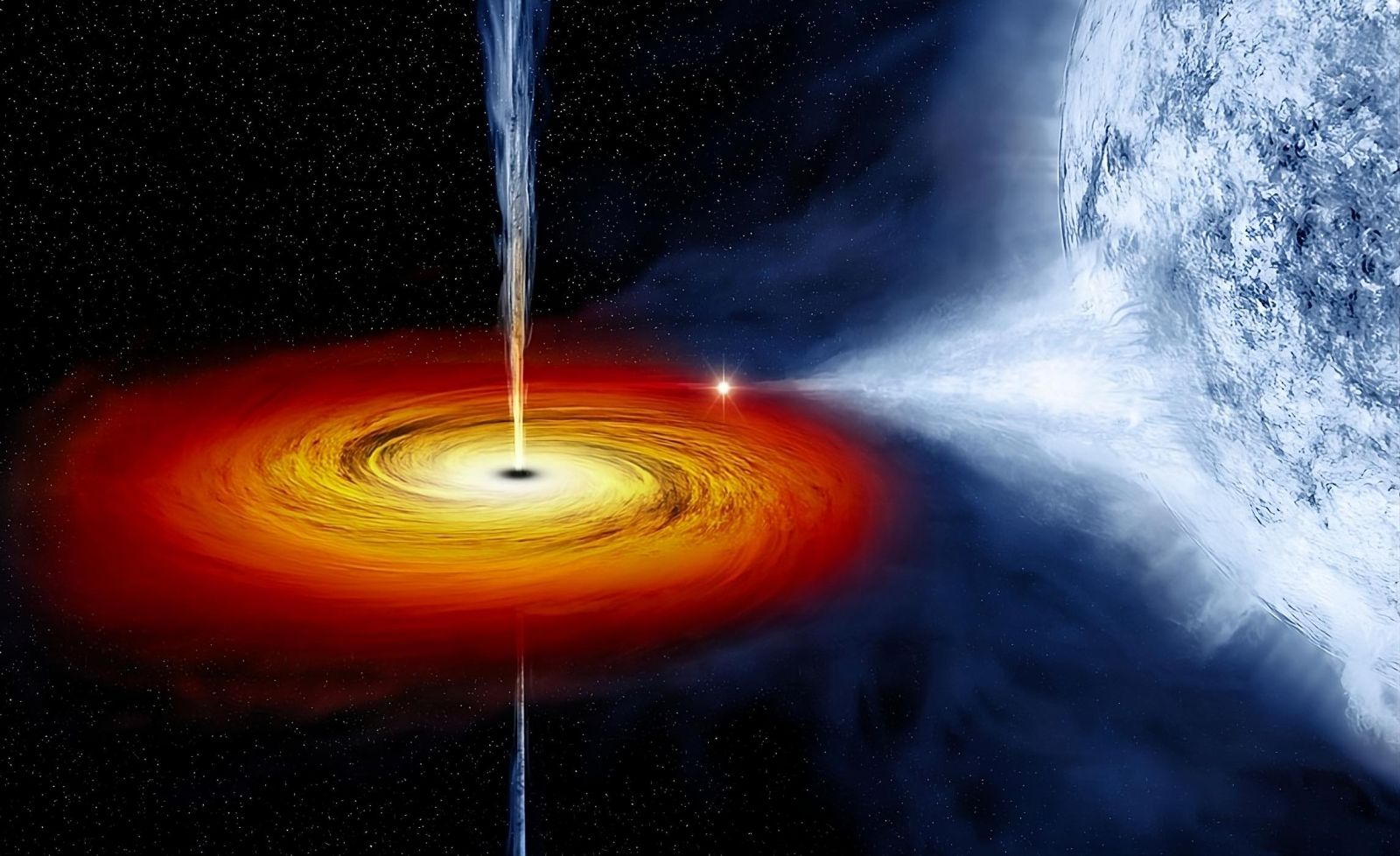Using black holes to travel back in time and detect the first stars of the Universe
Follow us on Google News (click on ☆)

Image Chandra X-ray Center
Shortly after the Big Bang, the first stars formed, consisting mainly of hydrogen and helium. These Population III stars were enormous, extremely hot, and had short lifespans. They synthesized the elements heavier than hydrogen and helium and were crucial for the formation of subsequent stars and galaxies. However, their direct detection has remained beyond the reach of our telescopes, due to their vast distances.
A team of researchers from the University of Hong Kong (HKU) has developed a method to detect these first stars. Led by Professor Jane Lixin DAI, the team discovered that Population III stars can be torn apart by tidal forces when they come too close to a massive black hole. This event, known as tidal disruption, generates bright flashes that can be observed across billions of light-years.
The researchers have shown that these distant flashes are characterized by their extended duration due to the expansion of the Universe and their redshift when they reach Earth. The photons emitted are stretched over their long journey, thus prolonging the rise and fall of the flashes. These features allow the differentiation of tidal disruptions of Population III stars from those of more recent stars.
NASA's James Webb (JWST) and Nancy Grace Roman space telescopes are particularly well-equipped to detect these infrared emissions. The Roman telescope, in particular, has the ability to observe a large portion of the sky simultaneously and explore the depths of the early Universe. This makes it a promising tool for detecting the bright flashes from tidal disruptions of Population III stars.
Janet Chang, a PhD student at HKU, estimates that several dozen of these events could be detected each year by the Roman telescope if an appropriate observation strategy is implemented.
These advancements offer perspectives on understanding the first stars of the Universe and the processes of heavy element formation. However, challenges remain, including the need for optimized observation strategies and confirming the signatures of tidal disruptions in the data.